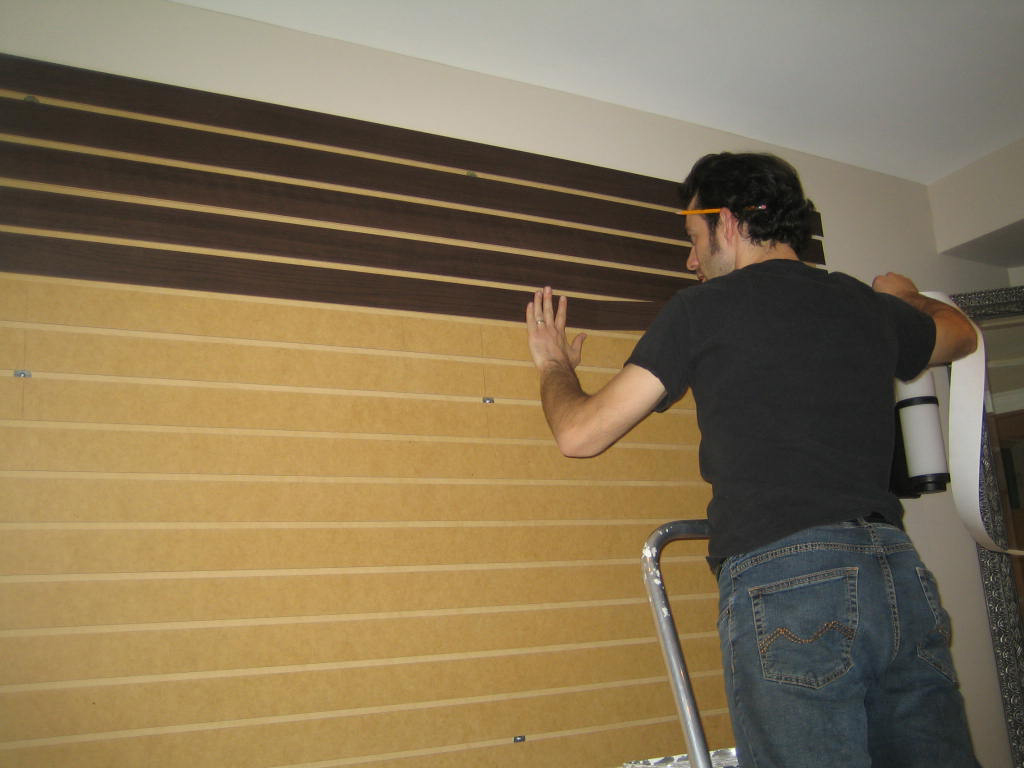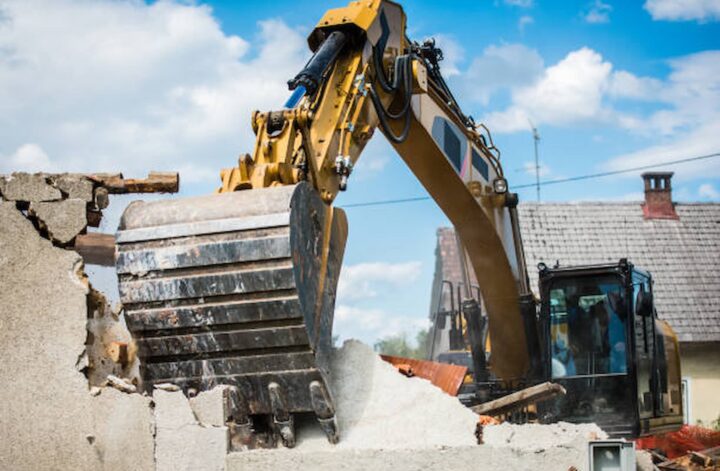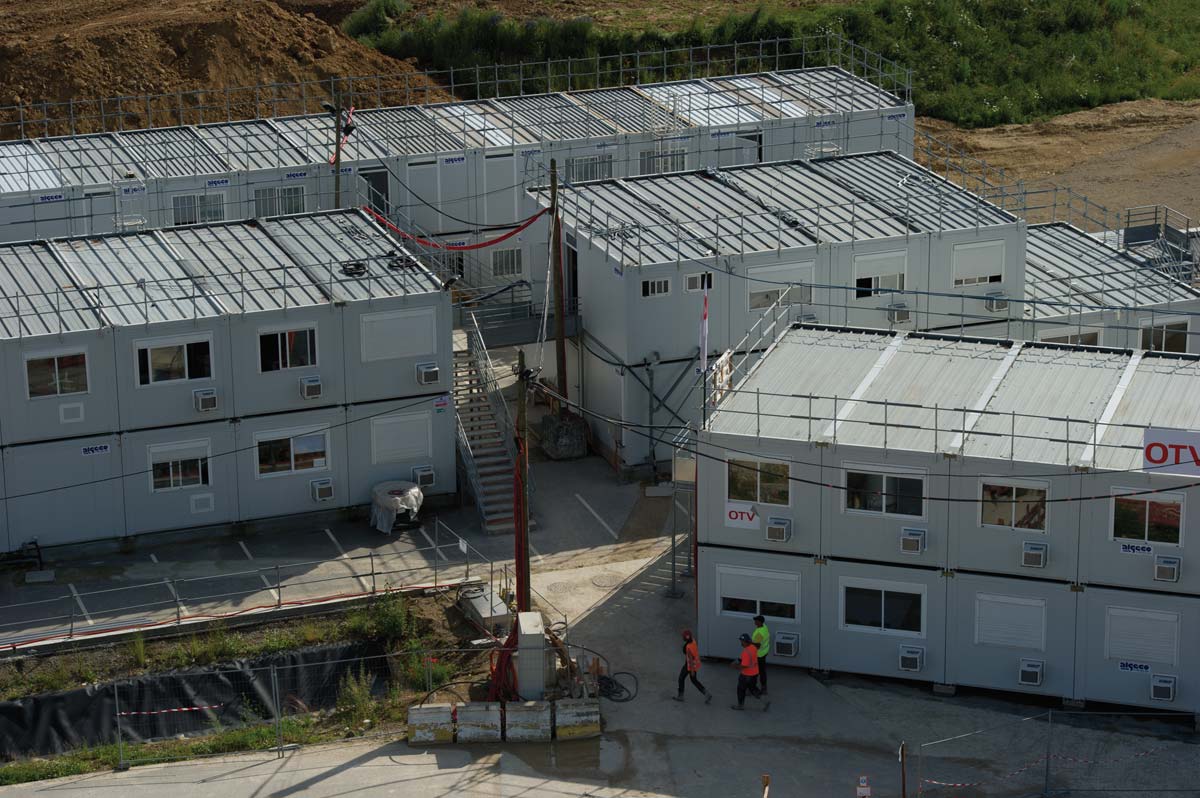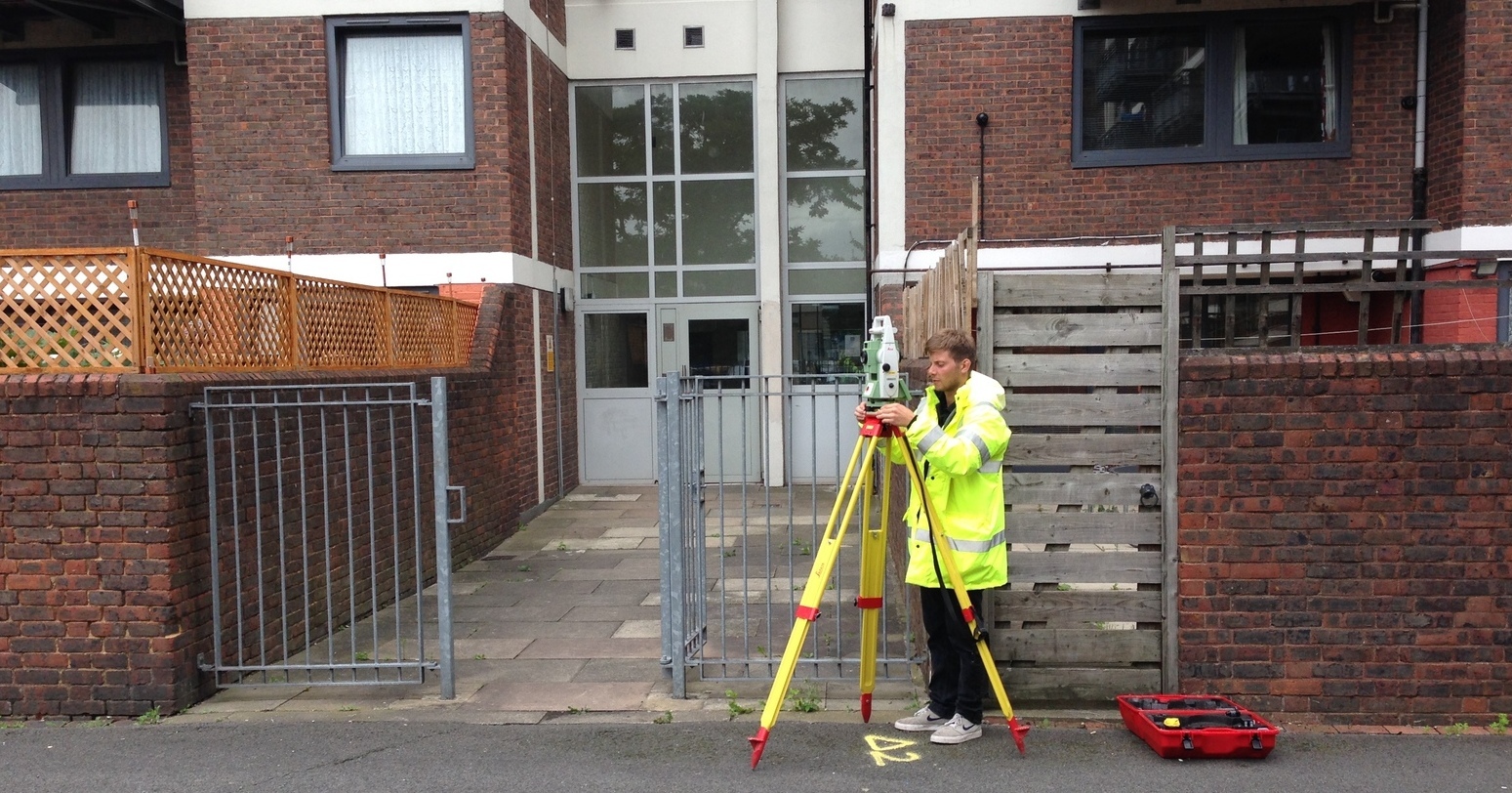Shops and other commercial outlets really need to get to grips with slatwall panels, as these display tools are – short of nanotech when we finally get it – pretty much the last word in flexibility for displays. Slatwall panels are wall board attachments, usually measuring eight feet by four feet. These sturdy panels have grooves cut into them so that they can receive the inserts used to hang merchandise from. The inserts are what make this display method so flexible, as they can be moved from side-to-side, enabling shop owners to constantly reconfigure their displays.
You can choose from either portrait orientation or landscape orientation for your panels, or a mixture of both. There are also fixings that connect two boards together – even at right angles – for a seamless finish. It’s important to think about which walls and corners you’ll be using for displays and how the space around them will work with the various inserts. You don’t want long rails at head height in a narrow passage, for example!
One of the first things you should do if you’re opening a new shop, or refurbishing an existing one, is to contact a company which sells slatwall panels to see what sort of deals it’s offering. Make sure you’ve measured your walls first, though, as a common mistake is to under-order. Obviously you can order more, but you might be ramping up your delivery costs, so make sure you know how much you need. A launch or a refurb is an expensive time, so you want to make your walls work for you, not against you! Most display companies will be happy to talk through your needs with you and to make suggestions without doing a hard-sell, so don’t be scared to ring around and chose a friendly-sounding bunch!
Slatwall panel displays are easy to install, and once they’re up, they’re up and you can get going on filling them with all your goodies. You’d be surprised at how many different types and sizes of inserts there are. There are pegs, as you’d expect, for hanging small items off, but there are also shelves and long rails for stacking items on or hanging clothes on. You can also get narrow trays that are ideal for magazines and newspapers. Most people will be thinking of rails and pegs that are made of metal, with a bright chrome finish, but you can also get wooden rails or plastic boxes so you can co-ordinate your display really well.
Most slatwall panels are made from good quality medium density fibreboard (MDF), so with careful use should last for quite a few years. Rough handling or overburdening the inserts might cause some bucking, so beware of this. The good thing about using MDF is that the grooves in the panels are as consistent as possible. There are no knots for the saws to contend with, or areas of weaker wood grain, for example. MDF is also ideal for applying a laminate to, so you’ll find you can customise your displays with lots of different colours and finishes.



